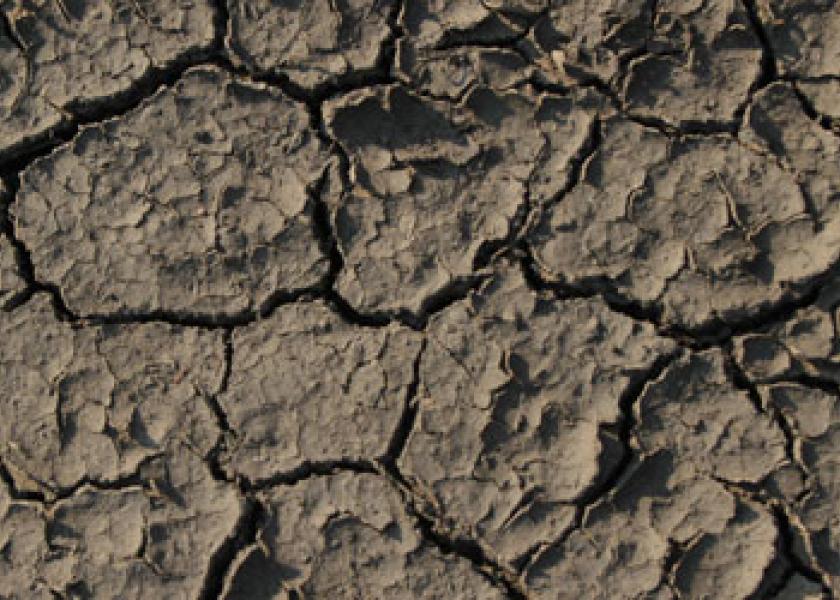Drought footprint broadens, especially in the Northern Plains

As of Sept. 13, 66% of the U.S. was experiencing abnormal dryness/drought, according to the U.S. Drought Monitor, up two percentage points from the previous week. There was a major expansion of drought across the Northern Plains, while drought conditions intensified in the Central Plains. In the Midwest, there were improvements in drought conditions in northern Illinois and Indiana, while conditions worsened in Iowa and Minnesota.
For the Plains: “On this week’s map, degradations were made in areas of Kansas, Nebraska, South Dakota, and North Dakota in response to continued dryness, decreased soil moisture, poor pasture and rangeland conditions, and impacts to dryland crops. In Kansas and Nebraska, the latest 7-day streamflow levels were showing widespread well-below-normal flows, especially in Nebraska. In southern Nebraska, numerous gaging stations on rivers and creeks were observing flows in the 1st to 2nd percentile range, according to the U.S. Geological Survey. For the week, average temperatures were above normal in the Dakotas (1 to 4 deg F) while Nebraska, eastern Wyoming, and Kansas were near normal to slightly below normal. According to NOAA NCEI, the Great Plains Region saw its 5th warmest (+2.7 deg F) and 19th driest June-August on record. Statewide, Nebraska experienced its 3rd driest June-August as well as its 2nd driest August on record.”
For the Midwest: “For the week, light rainfall (1 to 2+ inches) accumulations were observed across much of the region with some heavy rainfall (3 to 6+ inches) amounts across southern Wisconsin and northern Illinois. On the map, some minor improvements were made in areas of Abnormally Dry (D0) in northern portions of Indiana and Illinois, while degradations occurred in Iowa and Minnesota. In Iowa, precipitation has been below normal during the past 90-day period, with anomalously dry topsoil conditions showing up on the latest NASA SPoRT soil moisture percentile rankings maps. Moreover, numerous rivers and creeks were showing below-normal flows across the state, according to the U.S. Geological Survey. According to reports from the Iowa State University Extension, the rainfall shortfalls in southern Iowa were likely to reduce yields for soybeans while corn test weights were lower. Average temperatures for the week were above normal (ranging from 1 to 4 deg F) across much of the region.”
Across the Corn Belt and Plains, dryness/drought covers 84% of Colorado (unchanged from last week), 29% of Illinois (down 1 point), 21% of Indiana (down 10 points), 67% of Iowa (up 5 points), 96% of Kansas (unchanged), 33% of Michigan (up 12 points), 39% of Minnesota (up 13 points), 52% of Missouri (up 8 points), 100% of Nebraska (unchanged), 84% of North Dakota (up 56 points), 5% of Ohio (down 2 points), 100% of Oklahoma (unchanged), 82% of South Dakota (up 8 points), 78% of Texas (down 1 point) and 16% of Wisconsin (down 3 points).
USDA estimates the drought footprint covers 30% of corn acres (up 1 point from last week), 23% for soybeans (up 2 points), 44% for cotton (down 1 point) and 54% of winter wheat acres (up 1 point).








